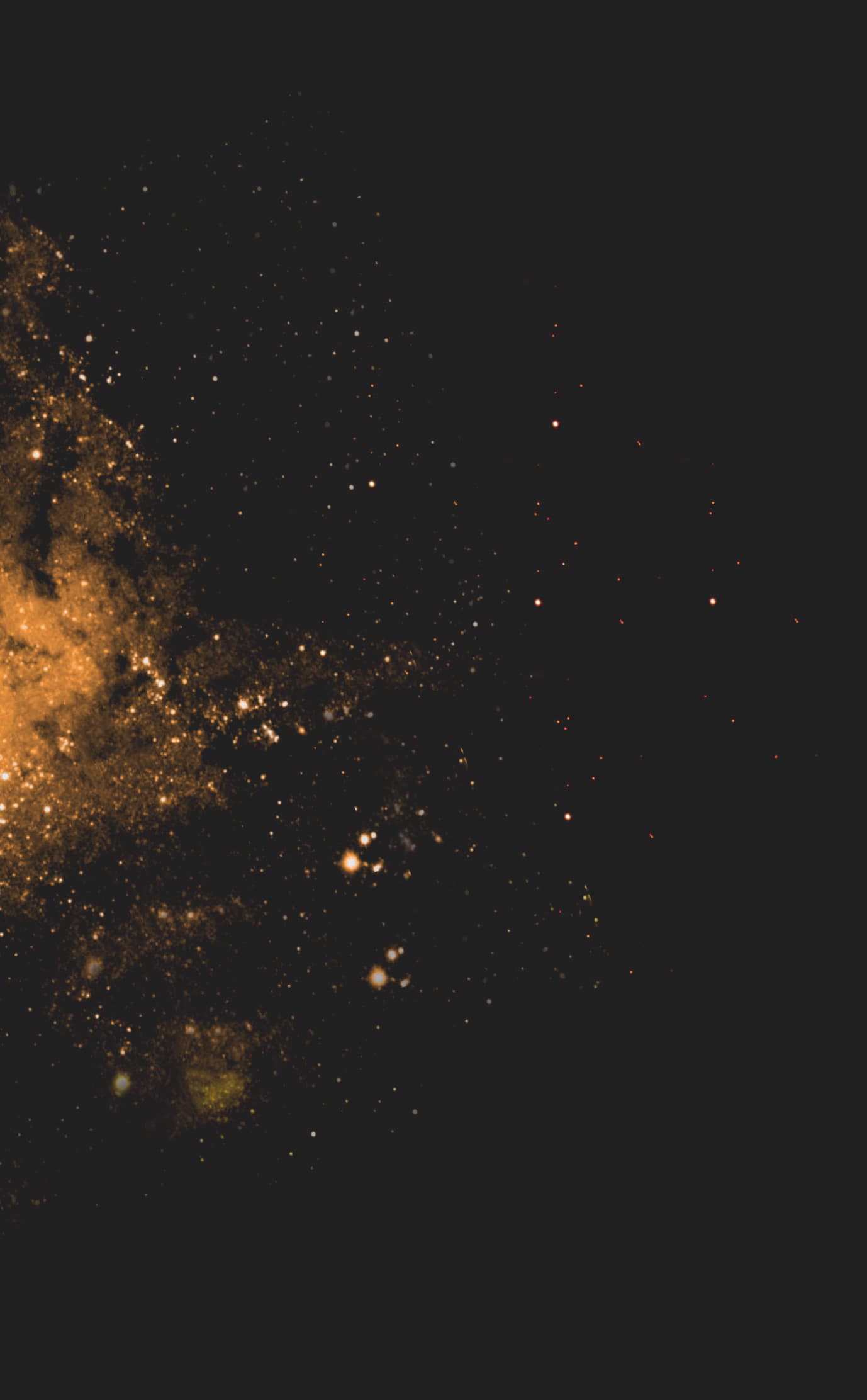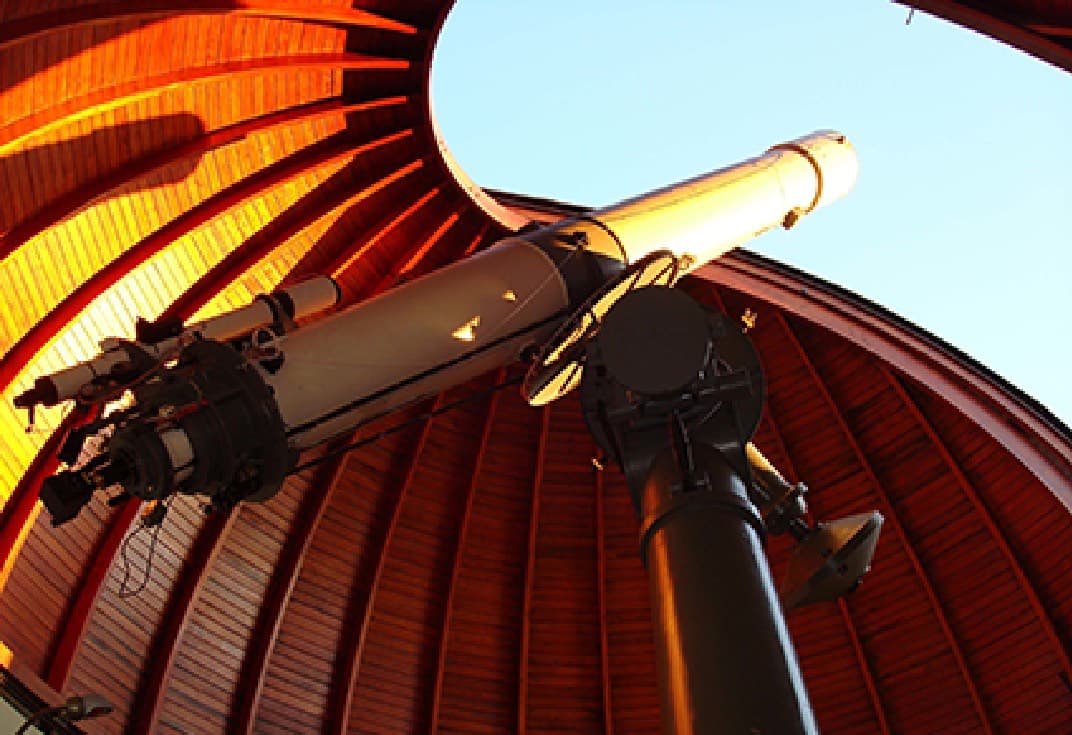
Zeiss Visual Refractor Telescope
Zeiss Visual Refractor Telescope
In the early 1930s, plans for a new Specola at Castel Gandolfo were prepared by the firm Carl Zeiss of Jena.
Construction began in 1932 and by 1935 it was mostly complete. The new visual refractor was installed under a large wooden dome 8.5 meters in diameter resting on the massive round construction of the palace’s ancient spiral staircase.
Zeiss provided a 40 cm objective of 6 m focal length, together with a set of 9 eyepieces and various accessories. The instrument was also provided with a Graff photometer for observing variable stars and with a micrometer for measuring double stars.
Later on a Danjon stellar interferometer was added. This was constructed in the Specola workshop and could be used for the determination of distances and positions of double stars and the diameters of planets.
- Mounting: German mounting
- Inauguration: 29 September 1935
- Aperture: 40 cm
- Focal Length: 600 cm
- Image Scale: 34”/mm
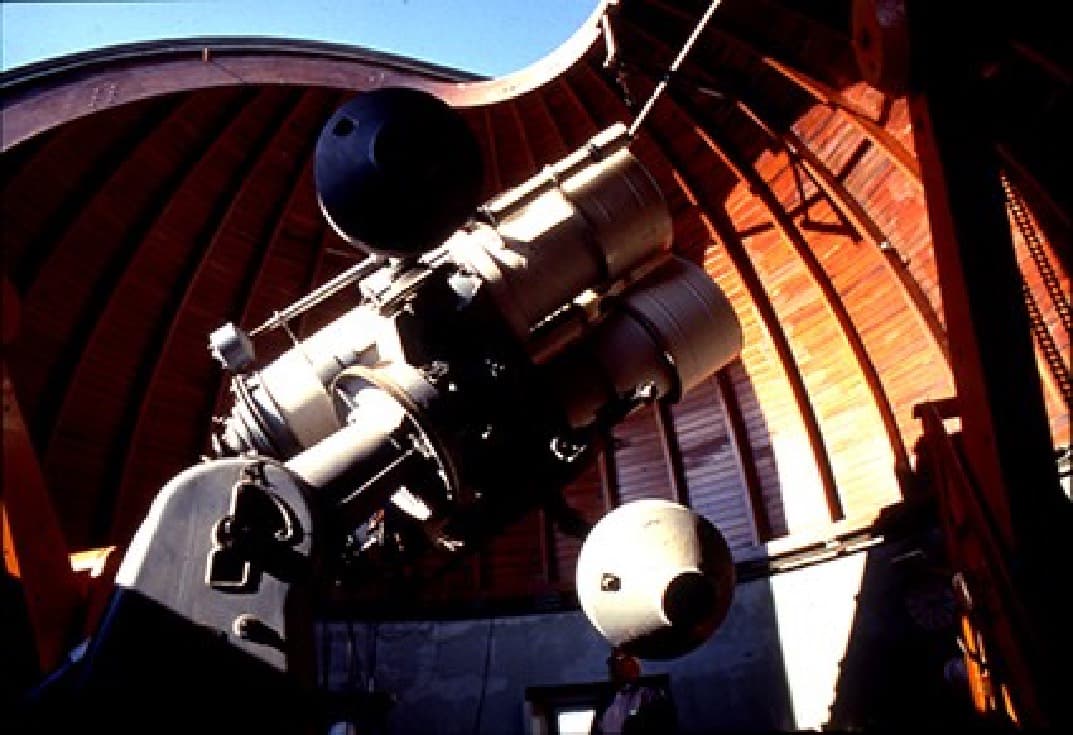
Zeiss Double Astrograph
Zeiss Double Astrograph
In the second rotating dome, 8 meters in diameter, also made of wood constructed on the solid foundation offered by the northeast corner of the palace, the principal instrument of the observatory was placed: the Zeiss Double Astrograph.
It consisted of a refractor with a 40 cm four-lens objective of 240 cm focal length and a reflecting telescope with a 60 cm parabolic mirror of 200 cm Newtonian focal length and an equivalent 8.2 m focal length at Cassegrain focus. Both instruments plus two finders and a guide telescope were rigidly linked together and mounted on the same polar axis.
A large spectrograph could be mounted on the reflector for astrophysical research. The four-lens astrograph allowed 30x30 cm photographs with image correction to be taken; it was particularly suitable for photographic observations of variable stars and for the photographic determination of the positions of minor planets and comets.
Two large (61.2 cm diameter) flint prisms of refracting angle 4 and 8 degrees respectively could be attached singly or together at the upper end of the reflector or refractor, thereby allowing spectra to be taken over large fields.
- Reflector:
- Parabolic mirror,
- Aperture 60 cm, Focal l. 240 cm
- Mounting: German mounting
- Inauguration: 29 September 1935
- Refractor:
- Four lens objective,
- Aperture 40 cm
- Chromatic correction 390 to 460 m
- Focal l. 200 cm
- Image scale 1.42’/mm
- Field 8 degrees
- Photographic plate 30x30 cm2
- Newton System:
- Plane secondary mirror,
- 22 cm at 45
- Image scale 1’.22/mm
- Field 2.6o
- Cassegrain System:
- Convex secondary mirror
- 15 cm
- Equivalent focal l. 820 cm
- Image scale 25"/mm
- Field 50'
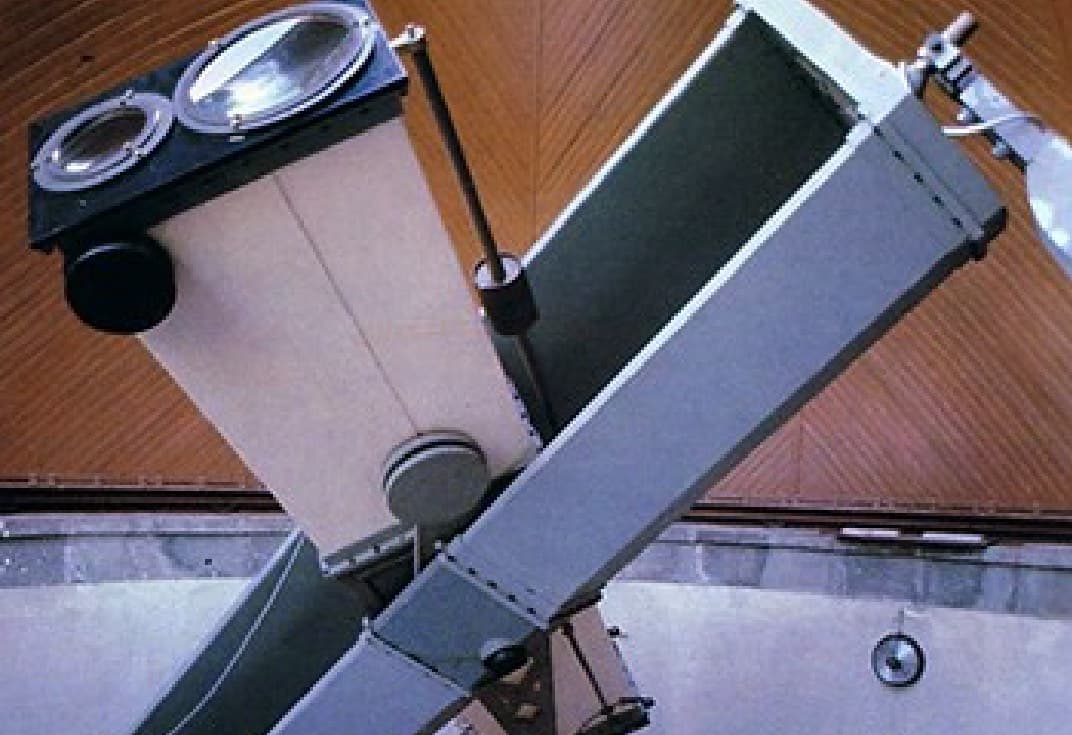
“Carte du Ciel” Telescope
“Carte du Ciel” Telescope
Astronomers in Paris in 1887 set up the basis for the first photographically-based atlas of the stars: the Carte du Ciel (Map of the Sky). Based on photos, first a map and then a catalogue of the stars would be made. Eighteen observatories located in countries on all continents participated in the project.
The Vatican Observatory was given its swath of the sky to map between the parallels of +55 and +64 deg. The Paris agreements provided that all of the eighteen observatories participating in the Carte du Ciel would obtain instruments that had the same characteristics so that a perfect homogeneity of the results would be assured.
The characteristics of the objective gave, on a photographic plate 16 cm square, a useful field 13 cm square, equivalent to two degrees on the sky, about four times the diameter of the moon. The scale, therefore, was about 1 arc-minute/mm.
The photographic equatorial telescope and the rotating eight meter dome, constructed at Paris in the Gilon workshops, were set in place on the Leonine Tower in 1891, close to the present-day location of the Vatican heliport and known today as the Torre S. Giovanni (St. John’s Tower). It has walls a good four and a half meters thick and is one of the few bastions still standing of the fortification which was called “leonina” because Saint Leo IV had it built in 840 as a defense against the Saracen invasions. The telescope was moved to the summer gardens of Castel Gandolfo in 1942; the final plates for this project were taken in 1953.
- Mounting: English mounting
- Inauguration:
- Moved from The Vatican to Castel Gandolfo,
- was newly inaugurated in 1942.
- Refractor: Double refractor
- Astrograph:
- Aperture 33 cm
- Focal l. 343 cm
- Photograpic plate 13x13 cm2
- Image scale 1’/mm
- Field 2 degrees
- Collimator:
- Aperture 20 cm
- Focal l. 360 cm
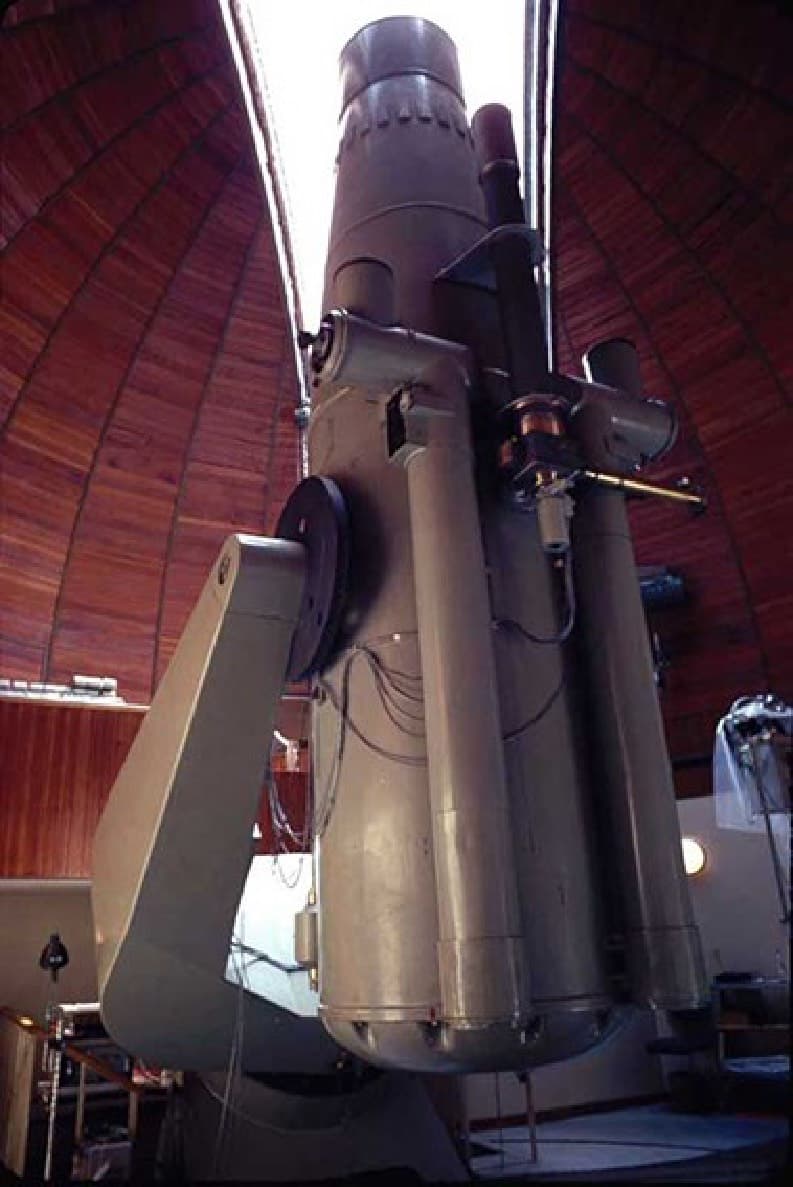
Schmidt Telescope
Schmidt Telescope
In 1949 a Schmidt telescope was ordered from the firm of Hargreaves and Thomson of London. Five years later work began on the construction of the Schmidt building, joined to the dome built in 1942 for the Carte du Ciel. The telescope was delivered in 1957; after several years for installation and testing, observational programs began in 1962.
The instrument has a spherical mirror 98 cm in diameter, with a 65 cm corrector plate (its aperture) mounted at the center of curvature of the primary near the tube opening. The focal length is 2.4 meters. The 20 x 20 cm photographic plate is placed at the focal plane, about half way down the tube. The usable field is about 5 x 5 square degrees, more than six times larger than that of the Carte du Ciel astrograph.
For spectroscopy it used a combination of three objective prisms at the tube opening; these prisms are among the most powerful in the world. The Schmidt telescope was used for about twenty years to study the evolution of star clusters by stellar spectroscopy and polarimetry; unfortunately, light pollution from the surrounding towns made the site unusable by the early 1980s.
- Mounting: Fork mounting by Thomson & John Bowton Ltd
- Optics: Optics by Hargreavers & Cox
- Inauguration: 16 November 1957
- Spherical Mirror:
- Apert. 98 cm
- Focal l. 240 cm
- Correcting lens, 65 cm
- Image scale 1’.26/mm
- Field 5 degrees square
- Photographic plate 20x20 cm2
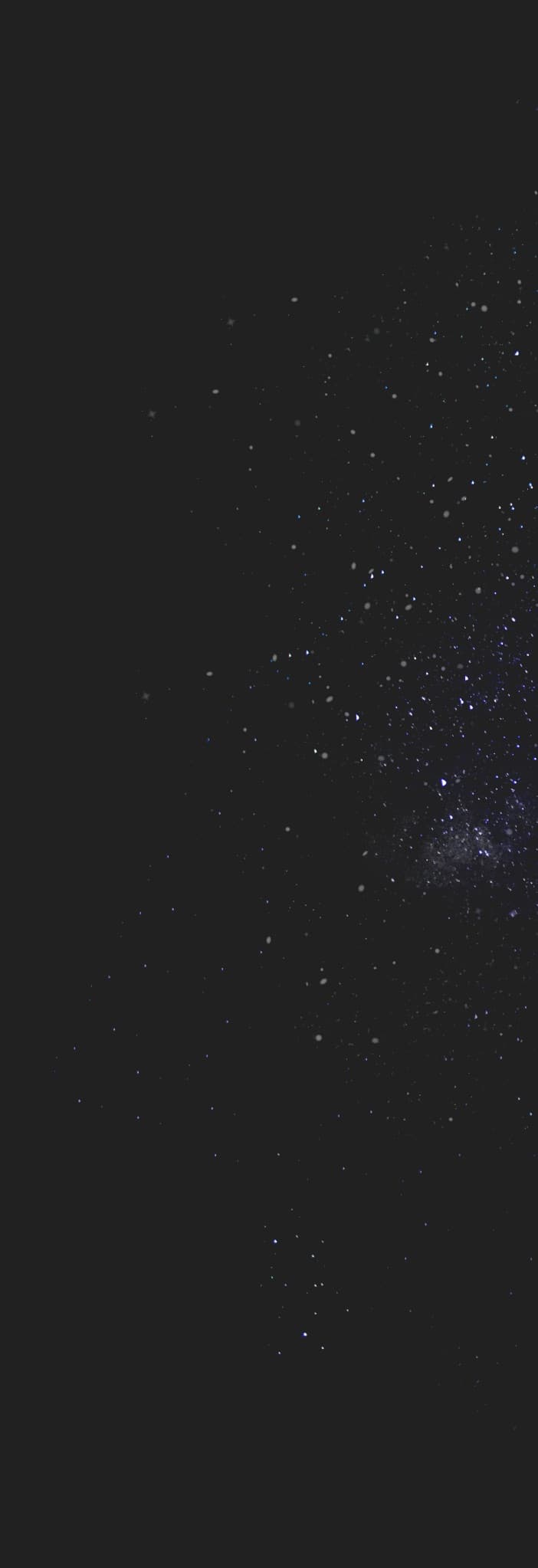
 U.S.
U.S. Vatican City
Vatican City